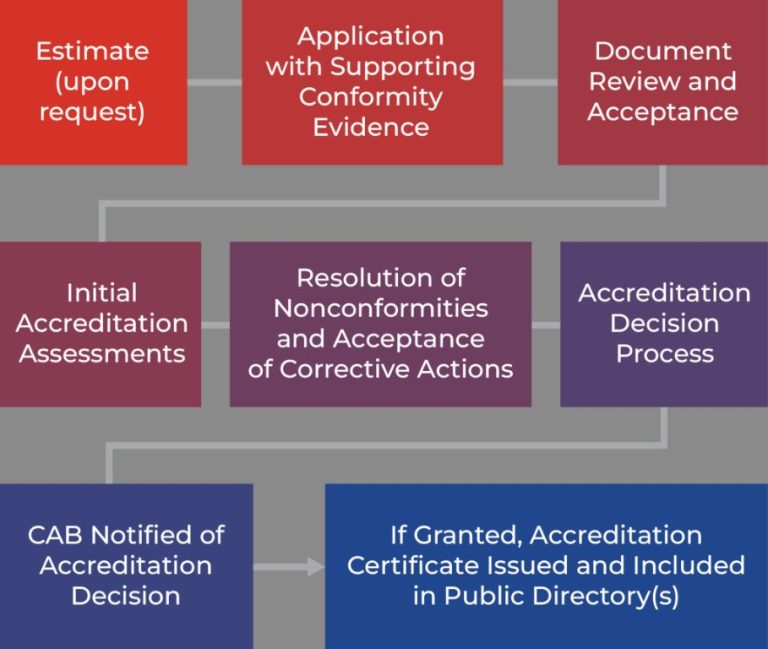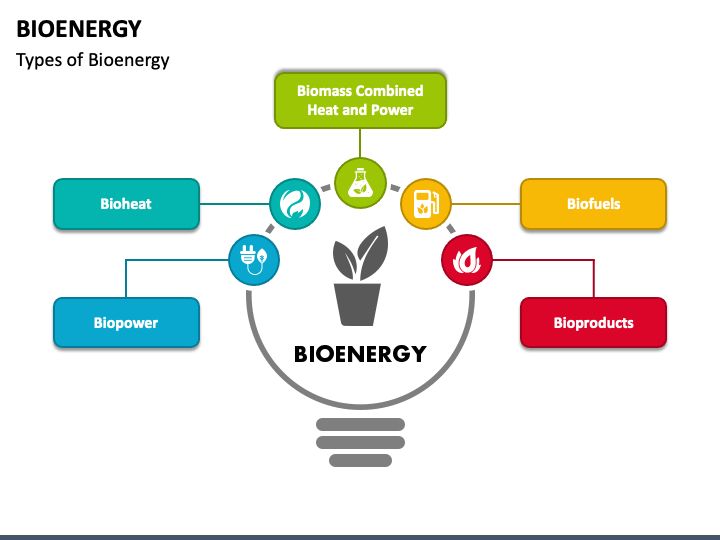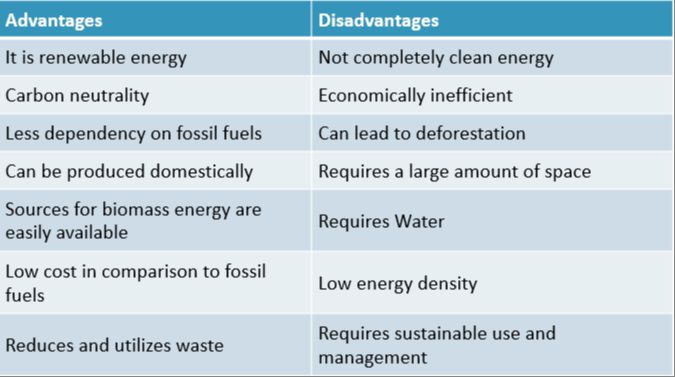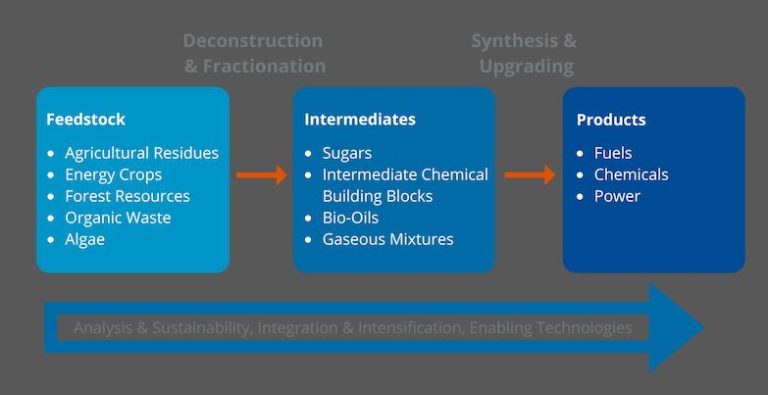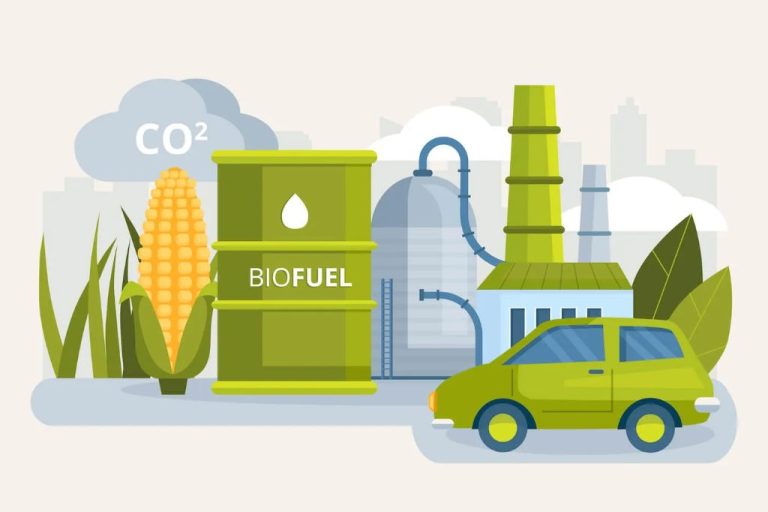Which Of The Following Is A Renewable But Not Inexhaustible Resource?
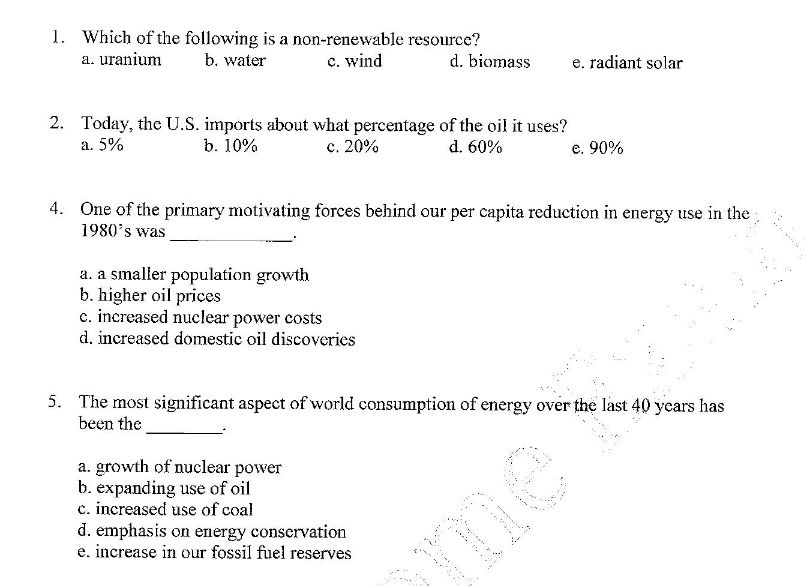
Renewable resources are materials that can be naturally replenished or regenerated over time. Some examples include sunlight, wind, water, and wood. Renewable resources are considered sustainable since they are replenished faster than they are consumed. However, renewable resources can still be depleted if used unsustainably. For example, trees in a forest are a renewable resource since new trees grow to replace harvested trees. But if too many trees are cut down, deforestation can occur. So renewable resources must be carefully managed to remain sustainable.
Inexhaustible resources are materials that cannot be depleted no matter how much they are used. Examples include solar, tidal, wind, and geothermal energy. The energy from these sources comes from ongoing natural processes like sunlight, ocean tides, wind currents, and Earth’s internal heat. As long as those natural phenomena exist, the energy resources are essentially limitless. Unlike fossil fuels which will eventually run out, inexhaustible resources can be utilized indefinitely without being used up.
The key difference between renewable and inexhaustible resources is that renewable resources can potentially be exhausted if overused, while inexhaustible resources cannot.
Types of Renewable Resources
There are several major types of renewable energy resources that are utilized today:
- Solar energy – Energy from the sun that is converted into thermal or electrical energy. Solar energy can be harnessed through solar panels and concentrated solar power plants (https://www.renewableenergyworld.com/types-of-renewable-energy/).
- Wind energy – Kinetic energy from wind that turns turbines to generate mechanical power or electricity. Wind farms consist of many wind turbines and generate clean energy (https://www.renewableenergyworld.com/types-of-renewable-energy/).
- Hydroelectric energy – Electrical energy generated by hydropower, the force of falling or fast-flowing water. Hydroelectric dams use turbines that convert the energy into electricity (https://www.renewableenergyworld.com/types-of-renewable-energy/).
- Geothermal energy – Thermal energy generated from hot water or steam reservoirs under the Earth’s surface that can provide direct heating or generate electricity (https://www.renewableenergyworld.com/types-of-renewable-energy/).
- Biomass energy – Energy from organic plant and animal waste material that can be burned to generate electricity, provide heating, or be converted into biofuels (https://www.renewableenergyworld.com/types-of-renewable-energy/).
These renewable resources can help provide clean energy without depleting finite reserves.
Types of Inexhaustible Resources
Some examples of inexhaustible energy resources include solar, tidal, wave, and geothermal energy. These resources are considered inexhaustible because they are continuously replenished and available on an ongoing basis.
Solar energy is considered an inexhaustible resource because it comes from the sun, which will continue radiating energy for billions of years (https://quizlet.com/199335016/renewable-energy-resources-flash-cards/). As long as the sun shines, we will have access to solar energy in the form of heat and light. Solar power can be harnessed through technologies like photovoltaic panels.
Tidal and wave energy are also inexhaustible resources. The tides are driven by gravitational forces of the moon, sun, and earth, while waves are generated by wind. As long as these forces exist, tidal and wave power will be available to harness. Tidal energy can be captured by barrage and in-stream generators, while wave power is collected through devices like buoys and pitching devices.
Geothermal energy comes from the natural heat within the earth’s core. This heat continuously flows outward towards the crust, which makes geothermal energy an inexhaustible resource (https://energyclime.com/inexhaustible-resources/). Geothermal energy is harnessed by drilling wells into underground reservoirs to generate steam and electricity.
Solar Energy
Solar energy refers to capturing sunlight to generate electricity or heat. It is considered a renewable resource because the sun’s energy is virtually limitless. Solar energy has several key advantages:
Solar panels can be installed on rooftops or land to generate electricity from sunlight. Homeowners can reduce their dependence on the grid and lower their electricity bills with rooftop solar (Forbes link). Solar energy is also scalable – large solar farms can provide power for entire communities.
Solar energy does not produce air pollution or greenhouse gases. It is a clean form of renewable energy. Widespread adoption of solar could significantly reduce environmental damage from fossil fuels (Constellation Energy link).
The cost of solar panels has dropped dramatically in recent years. Solar installations can pay for themselves in energy savings over a period of several years. Many homeowners have found solar systems to be a worthwhile long-term investment (Greenmatch link).
However, solar power does have some limitations:
Solar only generates energy when the sun is shining. Battery storage and supplemental energy sources are needed for 24/7 reliability.
Areas with frequent cloudy days or limited direct sunlight may not be ideal for solar panels. The potential solar energy supply varies based on location and climate.
Upfront costs for purchasing and installing solar panels can still be prohibitive for some homeowners and businesses, despite decreasing prices.
Large ground-mounted solar farms require significant land area. Rooftop residential systems are limited by roof size and orientation.
While solar energy will remain available for the lifetime of the sun, materials needed to build solar panels are not unlimited. The growth of solar power is constrained by raw material supplies. Though renewable, solar is not truly inexhaustible.
Wind Energy
Wind energy comes from the wind, which is caused by the uneven heating of the atmosphere by the sun, the irregularities of the earth’s surface, and the rotation of the earth. Wind energy is considered a renewable energy source because the wind will continually reoccur as long as the sun shines and the earth rotates.
Some key advantages of wind energy include:
- It’s a clean fuel source and doesn’t produce air pollution or greenhouse gases.
- It’s a renewable and practically inexhaustible resource.
- Cost of wind power has come down dramatically in recent years.
- New technology has reduced the noise associated with wind turbines.
- Wind turbines can be installed on agricultural land or grazing areas with minimal impact.
However, wind energy does have some limitations:
- Wind is an intermittent energy source, and output depends on weather and climate conditions.
- Good wind sites are often located in remote locations far from cities where electricity is needed.
- Wind turbines can negatively impact birds and wildlife habitats.
- Aesthetic concerns and local opposition sometimes arise with wind farm projects.
Overall, wind power is one of the most promising renewable energy technologies, and continued advancements are helping address some of its drawbacks.
Hydroelectric Energy
Hydroelectric energy is a renewable energy source that uses the power of flowing or falling water to generate electricity. Some of the advantages of hydroelectric energy include its renewability, low operating costs, and lack of greenhouse gas emissions. However, there are also some limitations and challenges with hydroelectric power.
One of the main benefits of hydroelectric energy is that the fuel source, flowing water, is completely renewable and does not need to be mined or extracted (“Pros and Cons of Hydroelectric Energy,” https://kiwienergy.us/pros-and-cons-of-hydroelectric-energy/). Once hydroelectric plants are constructed, the water flow can be used to generate electricity indefinitely. This makes hydroelectric power a sustainable long-term energy solution.
Hydroelectric plants also have relatively low operating and maintenance costs compared to fossil fuel plants because no fuel needs to be burned (“Examining the Pros and Cons of Hydroelectric Energy,” https://earth.org/pros-and-cons-of-hydroelectric-energy/). The technology is proven and reliable, so hydroelectric power is cost-effective and affordable.
Additionally, hydroelectricity has the advantage of producing zero direct greenhouse gas emissions that contribute to climate change and air pollution. Compared to fossil fuels, hydroelectric energy is considered very climate-friendly and environmentally sustainable.
However, there are some limitations with hydroelectric power. Building large dams and reservoirs necessary for hydroelectric plants can be very disruptive to surrounding ecosystems and communities. The dams may obstruct fish migration routes and change downstream water supply (“Pros and Cons of Hydroelectric Energy,” https://kiwienergy.us/pros-and-cons-of-hydroelectric-energy/).
Hydroelectricity is also dependent on suitable geography and water availability. Droughts or seasonal changes in water flow can limit the electrical output. Furthermore, dams and reservoirs have a huge initial infrastructure cost, so hydroelectric power is only feasible in some locations.
Overall, hydroelectric energy is a renewable and climate-friendly electricity source, but it does have some limitations related to environmental impacts, geography, and high upfront costs. Careful planning and mitigation strategies are needed to maximize the benefits and minimize the downsides.
Geothermal Energy
Geothermal energy is considered a renewable energy source because heat is continuously produced inside the earth (1). The core advantages of geothermal energy include:
- Reliability – Geothermal plants provide continuous base load power as they operate 24/7, unaffected by weather conditions (2).
- Sustainability – Geothermal energy production is clean and sustainable. Geothermal electricity production results in negligible emissions (3).
- Versatility – In addition to electricity production, geothermal reservoirs can be used directly for heating buildings, greenhouses, aquaculture, and industrial processes (1).
However, there are some limitations to geothermal energy:
- High upfront costs – Drilling geothermal wells is expensive and development costs are very site specific (2).
- Location constraints – Geothermal power is limited to geographical locations with optimal underground temperatures and available reservoirs (3).
- Reservoir depletion – Over-extraction can deplete underground reservoirs. This needs to be carefully managed for long-term sustainability (1).
Overall, geothermal is a renewable energy source that provides consistent and reliable power. While high development costs and geographical limitations exist, geothermal energy has enormous potential as a sustainable electricity source.
Biomass Energy
Biomass energy is a renewable energy source generated from organic matter such as plants and animal waste. Some of the advantages of biomass energy include:
– Renewable – Biomass like plants and trees can regrow over time, making biomass a renewable resource (https://www.conserve-energy-future.com/pros-and-cons-of-biomass-energy.php).
– Abundant – Biomass resources like forestry and agricultural residues are abundantly available in large quantities (https://www.nsenergybusiness.com/features/newsmajor-pros-and-cons-of-biomass-energy-5845830/).
– Waste utilization – Biomass energy utilizes waste materials like municipal solid waste, thus providing an efficient waste management solution.
However, there are some limitations of biomass energy:
– Expensive – The capital cost of setting up biomass power plants is relatively high compared to fossil fuel plants (https://www.solarreviews.com/blog/biomass-energy-pros-and-cons).
– Inefficient – Biomass has a low energy density compared to fossil fuels, making it inefficient per unit energy produced (https://www.conserve-energy-future.com/pros-and-cons-of-biomass-energy.php).
– Air pollution – Burning biomass releases carbon dioxide and other pollutant gases, contributing to air pollution.
Summary
The content brief asks which renewable resource is not inexhaustible. After reviewing the sources, it is clear that while all inexhaustible resources are renewable, not all renewable resources are inexhaustible. Renewable resources can be replenished naturally, but inexhaustible resources are virtually limitless.
Of the major renewable energy sources, only solar, wind, and geothermal energy are truly inexhaustible. They utilize energy from ongoing natural processes that are constantly renewed. In contrast, resources like biomass, hydroelectric, and biofuels are renewable but still limited in supply. For example, hydroelectric power depends on water flow that could be disrupted by drought. Biomass relies on plant growth that requires time to regrow after harvest. Biofuels utilize crops that take time and effort to replant and regrow.
In summary, of the major renewable energy sources, only solar, wind, and geothermal are classified as both renewable and inexhaustible. Hydroelectric, biomass, and biofuels are renewable but still exhaustible if overused. This highlights the distinction that while all inexhaustible resources are renewable, not all renewable resources are limitless in supply.
Conclusion
In summary, while some renewable resources like solar, wind, and geothermal energy are considered inexhaustible, others like biomass are only renewable if their rate of use does not exceed their rate of replenishment. Renewability ultimately depends both on the resource’s ability to be replenished naturally and the rate at which humans consume that resource. Even truly inexhaustible resources like sunlight and wind require capturing infrastructure whose materials may be limited. Therefore, the renewability of any resource depends greatly on responsible and sustainable use. With careful management, many renewable resources can continue providing humans with energy indefinitely. But exploiting them without considering their renewal rates can render them non-renewable in practice.

